
Pauline Lennards Palmer (1867 - August 15, 1938) was an American artist based in Chicago.

Pauline Lennards Palmer (1867 - August 15, 1938) was an American artist based in Chicago.
Pauline Lennards was born in McHenry, Illinois, [1] the daughter of Nicholas Lennards, a merchant, and Frances Spanganacher Lennards. Her parents were both immigrants from Prussia; [2] she grew up speaking German as her first language. [3] She studied art at the Art Institute of Chicago, under William Merritt Chase, Frank Duveneck, and Kenneth Hayes Miller. [4] She pursued further training in Paris at Académie Colarossi, the Académie de la Grande Chaumière, and with Paris-based American painter Richard E. Miller. [5]


Palmer kept a studio at the Tree Building in Chicago, [6] and exhibited paintings in many cities in the United States. Abroad, she showed works at the Paris Salon in 1903, 1904, 1905, 1906 and 1911, and also at an art exposition in Naples in 1911. [5]
In 1919, Palmer became the first woman to be elected president of the Chicago Society of Artists. [7] The following year, she was awarded a silver medal by the Society. [8] She was also active with the Chicago Watercolor Club, the Chicago Art Guild, the Chicago Arts Club, and the Municipal Art League, among other affiliations. [5] In 1923 she was founder and first president of the Association of Chicago Painters and Sculptors, and the Association awarded her a gold medal in 1936. [9] She also served a term as president of the Art Institute Alumni Association. [10]
Pauline Lennards married Dr. Albert E. Palmer in 1891. [5] She was widowed when he died in 1920. In 1938, she was traveling with her sister, Mal Lennards, in Trondheim, Norway when both women fell ill, and Pauline Palmer died from pneumonia, aged 71 years. [11] [12] [13] There was a memorial exhibit of her paintings in 1950 at the Chicago Galleries Association. [14]
Works by Palmer are in the collections of the Provincetown Art Association and Museum, [15] and the San Diego Museum of Art, among others. [16]
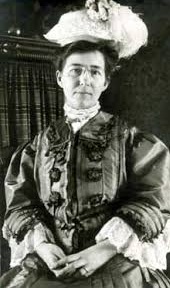
Dulah Marie Evans, later Dulah Marie Evans Krehbiel was an American painter, photographer, printmaker, illustrator, and etcher.
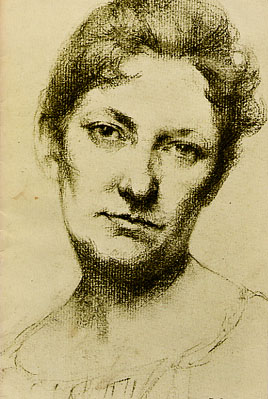
Minerva Josephine Chapman (1858–1947) was an American painter. She was known for her work in miniature portraiture, landscape, and still life.

Orval Halleck Caldwell was a Chicago-area painter. He was a prolific painter of landscapes in both oil and watercolor.
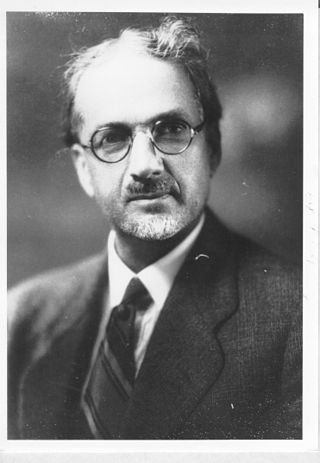
Albert Henry Krehbiel, was the most decorated American painter ever at the French Academy, winning the Prix De Rome, four gold medals and five cash prizes. He was born in Denmark, Iowa and taught, lived and worked for many years in Chicago. His masterpiece is the programme of eleven decorative wall and two ceiling paintings / murals for the Supreme and Appellate Court Rooms in Springfield, Illinois (1907–1911). Although educated as a realist in Paris, which is reflected in his neoclassical mural works, he is most famously known as an American Impressionist. Later in his career, Krehbiel experimented in a more modernist manner.
Marie Løkke also Marie Loekke, Marie Mathiesen was a Norwegian artist. She is most associated with her impressionist landscapes in oil.

Lydia Amanda Brewster Sewell was a 19th-century American painter of portraits and genre scenes. Lydia Amanda Brewster studied art in the United States and in Paris before marrying her husband, fellow artist Robert Van Vorst Sewell. She won a bronze medal for her mural Arcadia at The World's Columbian Exposition in 1893. She continued to win medals at expositions and was the first woman to win a major prize at the National Academy of Design, where she was made an Associate Academian in 1903. She was vice president of the Woman's Art Club of New York by 1906. Her works are in several public collections.
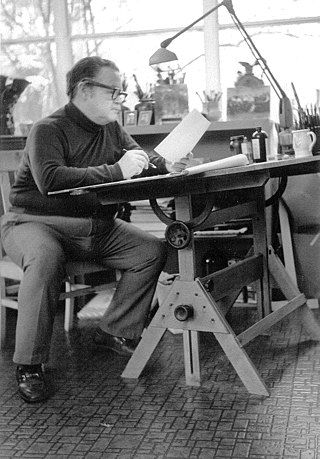
James F. Walker was an American graphic artist, twice named to the 100 Best New Talent List by Art in America. Walker was particularly noted for his mixed media surrealist images, which he called "magic realism". Walker was also an influential teacher. His work has been exhibited in America, as well as in Germany and in France.

Agnes Weinrich was an American visual artist. In the early twentieth century, she played a critical role in introducing cubist theory to American artists, collectors, and the general public and became one of the first American abstractionists. A life-long proponent of modernist art, she was an active participant in the art communities of Provincetown and New York. Early in her career, she traveled widely in Europe and spent extended periods studying in Paris and Berlin. She also studied art in Chicago, Provincetown, and New York. During most of her career, she worked in a Provincetown studio during the warm months and a Manhattan studio during the cold ones. Weinrich's easel work included oil paintings, watercolors, and pastels. She also made block prints and etchings and drew using pencil and crayon. Her paintings, prints, and drawings appeared in solo and group exhibitions throughout her career and she received favorable critical attention both during her life and after her death.
Mary Hortense Webster (1881–1965) was an American sculptor.
Mary Harvey Tannahill was an American painter, printmaker, embroiderer and batik maker. She studied in the United States and Europe and spent 30 summers in Provincetown, Massachusetts, with the artist colony there. She was instructed by Blanche Lazzell there and assumed the style of the Provincetown Printers. She exhibited her works through a number of artist organizations. A native of North Carolina, she spent much of her career based in New York.

Mabel Harris Conkling was an American sculptor, and president of the National Association of Women Painters and Sculptors from 1926 to 1928.
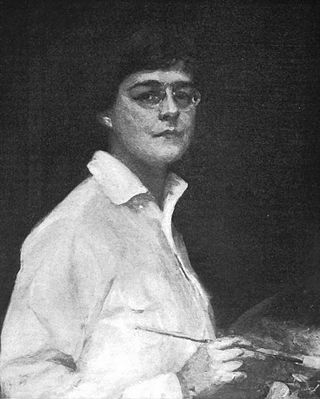
Harriet Blackstone was an American figure and portrait painter. Many of her subjects were midwestern business leaders and their families she also painted a number of prominent musicians.

Irene Bianucci was an Italian-born American painter, who participated in the art projects for the New Deal's Section of Painting and Sculpture creating the post office mural for Mount Carroll, Illinois, as well as murals for some of Chicago's elementary schools.
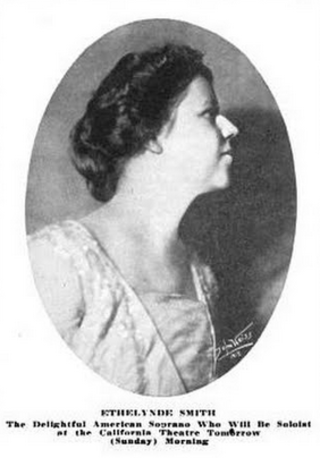
Ethelynde Smith was an American concert singer and botanical painter.
Lucy L'Engle (1889–1978) was an American painter who had an abstract style that ranged from Cubist to representational to purely abstract. Critics appreciated the discipline she showed in constructing a solid base on which these stylistic phases evolved. As one of them, Helen Appleton Read of the Brooklyn Daily Eagle, said in 1932, she was "at heart a painter with a painter's sensuous enjoyment of the medium itself." L'Engle herself at one time described her art as "a play of form and color" and at another said, "My pictures represent my feelings about experiences. They are experiments in modern art." Over the course of a long career she used studios in both Manhattan and Provincetown and exhibited in both commercial galleries and the annual shows held by two membership organizations, the New York Society of Women Artists and the Provincetown Art Association.
Frances Julia Farrand Dodge was an American artist and teacher.
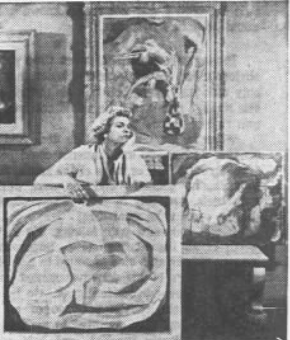
Scribner Ames (1908–1993) was an American artist known for her paintings and sculpture. Her paintings included portraits, still lifes, landscapes, and abstractions. Her portrait sitters were often children or well-known men and women in the performing arts. Born and raised in Chicago, she worked first in Manhattan and later returned to her birth city. She also made repeated trips to Europe and, once, to the West Indies. Although she admired the work of Cézanne, Braque, and Marsden Hartley, her painting was, as one critic said, "not derivative". Critics noted her effective handling of color and one said she was "particularly noted for her work in creating movement through space by the use of color perspective." In her carved wood sculpture, critics generally noted the influence of her teacher, José de Creeft.

Dorothy Loeb (1877–1971) was an American artist known for her easel art, prints, and murals. She traveled widely in the United States, Mexico, and overseas, residing and working for the most part in Chicago, Manhattan, Eastern Massachusetts, and the State of Querétaro in Mexico. She was also a children's art teacher and proponent of progressive education. Having received training at the Art Institute of Chicago and the Art Students League of New York and having studied with artists in Munich and Paris, she adopted a variety of styles, ranging from representative to highly abstract, and worked in a variety of media including oil on canvas, oil on heavy coated paper, watercolor and ink on paper, and monotype printing. She exhibited in prominent museums including the Art Institute of Chicago, Provincetown Art Association and Museum, Worcester Art Museum, Wadsworth Atheneum, and Institute of Contemporary Art, Boston. She also showed a mural at the 1933 Chicago World's Fair. Most critics responded favorably to her work but not all. At one extreme, a reviewer called her work "the very best in the new art movement" while at the other, a critic said it was "dull, stiff, and lifeless".

Dorothy Lake Gregory (1893–1975) was an American artist best known for her work as a printmaker and illustrator of children's books. She took art classes in public school and at the age of fourteen began making drawings for a New York newspaper. She studied art in Paris in her late teens and thereafter took classes at Pratt Institute, the Art Students League of New York, and the Cape Cod School of Art. Her career as a professional artist began with her participation in an exhibition of paintings at the Art Students League in 1918. Her first book illustrations appeared three years later. She first showed prints in an exhibition held in 1935. She continued as artist, illustrator, and printmaker for most of the rest of her life employing throughout a different style for each of the three media. In 1956, a critic contrasted the "cubistic" painting style of that time with the book illustration style for which she was better known, saying he had heard gallery-goers incredulously remark, "But she can't be the same Dorothy Lake Gregory."

Vernon H. Thomas Kirkbride Rudd Leigh was an American artist, known professionally as Vernon Thomas after 1928. She specialized in portraits of children. Her works were exhibited internationally, and appeared on magazine covers in the 1920s and 1930s.